Facts about Central America

The geology of Central America is active, with volcanic eruptions and earthquakes occurring from time to time.

The population of Central America consists of a large majority (two-thirds) of people of mixed ancestry.

Many of the endemic Central American species are endangered or near extinction due to deforestation, hunting and the pressure of human population growth on the area.
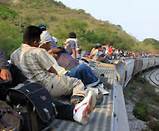
On December 13, 1960, Guatemala, El Salvador, Honduras, and Nicaragua established the Central American Common Market ("CACM").

A third union of Honduras, Nicaragua, and El Salvador as the Greater Republic of Central America or "Republica Mayor de Centroamerica" lasted from 1896 to 1898.

Snakes can be found in all parts of Central America, as well as sea turtles, lizards, iguanas, the caiman and abundant species of tree frogs.

On July 1, 1823, the congress of Central America declared absolute independence from Spain, Mexico, and any other foreign nation, and a Republican system of government was established.
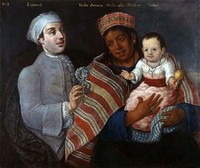
The mestizo population (mixed Amerindian and Caucasian) is formed by 27,456,772 inhabitants, occupying the majority of the Central American population.

The Central American nation consisted of the states of Guatemala, El Salvador, Honduras, Nicaragua, and Costa Rica.
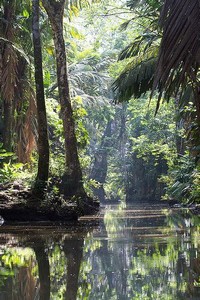
Central American forests are richly populated in birds, reptiles and insects, whereas mammals are much less common.
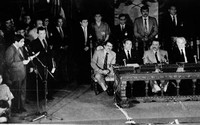
The Esquipulas Peace Agreement was an initiative in the mid-1980s to settle the military conflicts that had plagued Central America for many years, and in some cases (notably Guatemala) for decades.

During colonial times the native populations were converted to Catholicism, of which the majority of Central Americans follow to this day.

Despite the failure of a lasting political union, the concept of Central American reunification, though lacking enthusiasm from the leaders of the individual countries, rises from time to time.
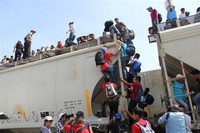
Various attempts were made to reunite Central America in the nineteenth century, but none succeeded for any length of time.

The Parlacen represents a modern renewal of the historic Federal Republic of Central America which existed from 1823 to 1840, though not including Costa Rica but including Panama and the Dominican Republic.

The majority of Central America rests on the Caribbean Plate and it surrounded by the Cocos Plate, North American Plate and the Nazca Plate.
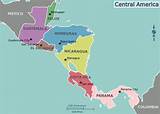
Central America has maintained one of the highest population growth rates in the world, with the estimated population in 2007 at over 40,500,000.

The Central American Parliament, also known by the abbreviation "Parlacen" (from the Spanish Parlamento Centroamericano) is a political institution devoted to the integration of the Central American countries.

The vegetation of Central America is diverse and can be described as a tropical rain forest for the eastern half of the low lying portion of the region.

The high interior region of Central America is mainly covered in montane forest.
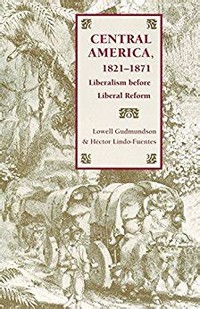
Central American liberals had high hopes for the federal republic, which they believed would evolve into a modern, democratic nation, enriched by trade crossing through it between the Atlantic and the Pacific oceans.

A second attempt was made and lasted from October to November 1852, when El Salvador, Honduras and Nicaragua created a Federation of Central America (Federacion de Centro America).
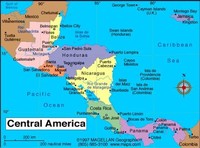
In 1821 a congress of Central American criollos declared their independence from Spain, effective on September 15th of that year.

The abortive attempt aimed to restore the union as the Confederation of Central America and included El Salvador, Guatemala (which withdrew early), Honduras, and Nicaragua.

During 1986 and 1987, the "Esquipulas Process" was established, in which the Central American heads of state agreed on economic cooperation and a framework for peaceful conflict resolution.

Central America has maintained one of the highest population growth rates in the world, with the estimated population in 2007 at over 40,500,000.

The highest point in Central America is Volcбn Tajumulco in Guatemala which is an extinct volcano and is 13,845 feet (4,220 m) high.

The latest attempt occurred between June 1921 and January 1922 when El Salvador, Guatemala and Honduras formed a second Federation of Central America.

Central America boasts a rich diversity in both flora and fauna, however to a lesser extent than South America.

The only plurality of Indigenous people located in Central America is in Guatemala.

The Creole, Afro-Caribbean, and Garifuna populations form the majority of the Afro-Latin Americans in Central America, of which the majority is concentrated on the Caribbean coasts of the region.

When Mexico became a republic the following year, it acknowledged Central America's right to determine its own destiny.

Between May and November, and especially from August to October, the Caribbean coast of northern Central America is prone to hurricane damage.

Rainfall across Central America varies from north to south and from the Pacific coast to the Caribbean coast.
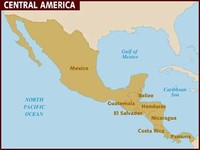
The narrowest part of The Americas, Central America is the site of the Panama Canal as well as the proposed, but never-completed, Nicaragua Canal.

Despite the failure of a lasting political union, the concept of Central American reunification, though lacking enthusiasm from the leaders of the individual countries, rises from time to time.

The majority of Central America rests on the Caribbean Plate and it surrounded by the Cocos Plate, North American Plate and the Nazca Plate.

After the Spanish conquest in the sixteenth century, most of the inhabitants of Central America shared a similar history.

The Central American nation consisted of the states of Guatemala, El Salvador, Honduras, Nicaragua, and Costa Rica.


